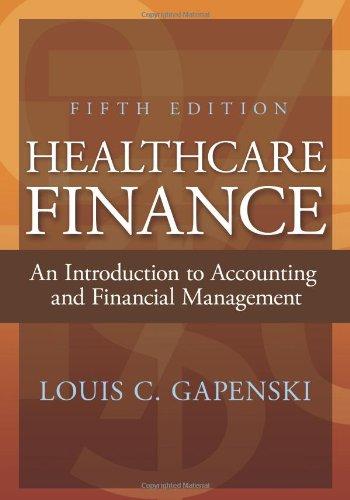

3. Suppose U.S. and Japanese automakers are each considering joint ventures to develop next generation engine technology that will improve fuel efficiency. Suppose that customers that typically buy U.S. made vehicles tend not to care so much about fuel efficiency, so the U.S. would generally not find it profitable to invest in developing such technology. However, if Japan develops the technology and puts it in their cars a significant number of U.S. car buyers may switch to purchasing Japanese cars. Consider the following game depicting this situation. Suppose the U.S. and Japan must simultaneously decide whether to invest in developing the research (or at least make a choice without knowing what the other group has chosen). Expected profits for each country's automakers are summarized below: Japanese Automakers Do not Invest Invest 55 65 Do not Invest 80 40 U.S. Automakers 30 15 Invest 55 20 a. Does either group have a dominant strategy in this game? What is the Nash equilibrium? b. Suppose now that the U.S. has the option of committing to a strategy before Japan's decision is reached. How would you model this new situation? What is the Nash equilibrium (i.e. backward induction equilibrium) in this new game? c. Comparing the answers to (a) and (b), what can you say about the value of commitment for the U.S.? 3. Suppose U.S. and Japanese automakers are each considering joint ventures to develop next generation engine technology that will improve fuel efficiency. Suppose that customers that typically buy U.S. made vehicles tend not to care so much about fuel efficiency, so the U.S. would generally not find it profitable to invest in developing such technology. However, if Japan develops the technology and puts it in their cars a significant number of U.S. car buyers may switch to purchasing Japanese cars. Consider the following game depicting this situation. Suppose the U.S. and Japan must simultaneously decide whether to invest in developing the research (or at least make a choice without knowing what the other group has chosen). Expected profits for each country's automakers are summarized below: Japanese Automakers Do not Invest Invest 55 65 Do not Invest 80 40 U.S. Automakers 30 15 Invest 55 20 a. Does either group have a dominant strategy in this game? What is the Nash equilibrium? b. Suppose now that the U.S. has the option of committing to a strategy before Japan's decision is reached. How would you model this new situation? What is the Nash equilibrium (i.e. backward induction equilibrium) in this new game? c. Comparing the answers to (a) and (b), what can you say about the value of commitment for the U.S








